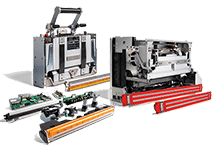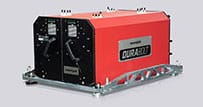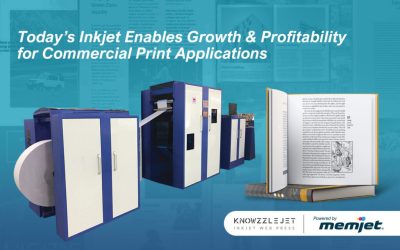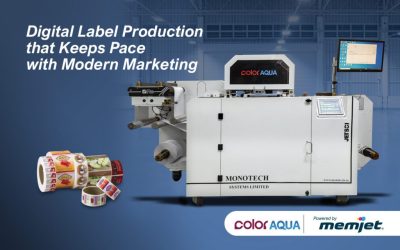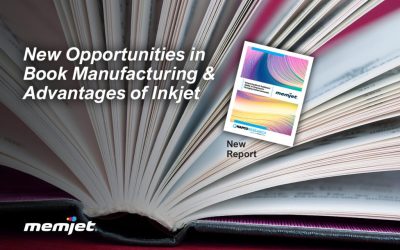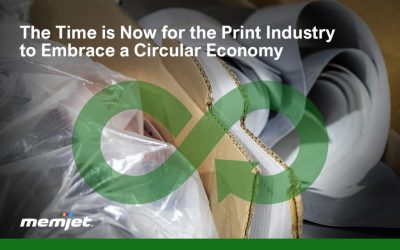In our last post, we took a look at the advances in inkjet technology. In this post, we’ll look at how these advances are disrupting the old business models of print, enabling printers large and small to offer applications they may have never considered before.
Marketing Communications
Print service providers have been looking for ways to add value to their customers’ communications. But marketing materials have become difficult to produce because of the low volumes and increased demand for regionalization and personalization.
Today, using inkjet-powered solutions, printers can easily produce personalized direct mail and other types of communications without having to make a big investment in technology or expertise.
Moreover, using inkjet to produce personalized communication reduces the waste and demand for storage that come with longer, generic print runs.
Transaction Documents
With inkjet, printers are producing transaction documents that can then be combined with direct marketing content. Bringing these two forms of communications together means more business for the printer. It also gives printers a better way to service their customers by advancing their sales message while saving money on postage.
Manuals, Courseware and Books
Inkjet also provides a solid solution for printers who are servicing clients—or want to service clients—who require longer types of communications such as books, courseware, and manuals.
New Possibilities
In addition to these applications, inkjet also powers solutions that let printers offer applications they may not have considered before. For example, some printers have started to produce new wide-format applications such as wallpaper, gift-wrap, pizza boxes – even customized boxes for e-commerce companies. Other printers have added services like custom label production.
With today’s inkjet, the possibilities are endless.


